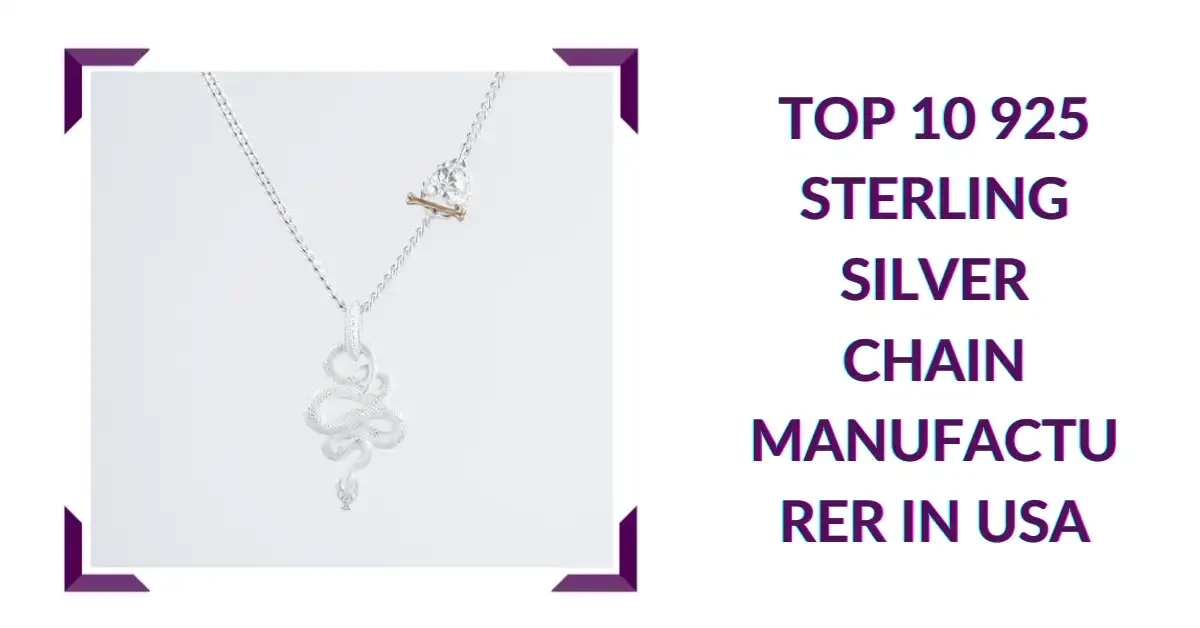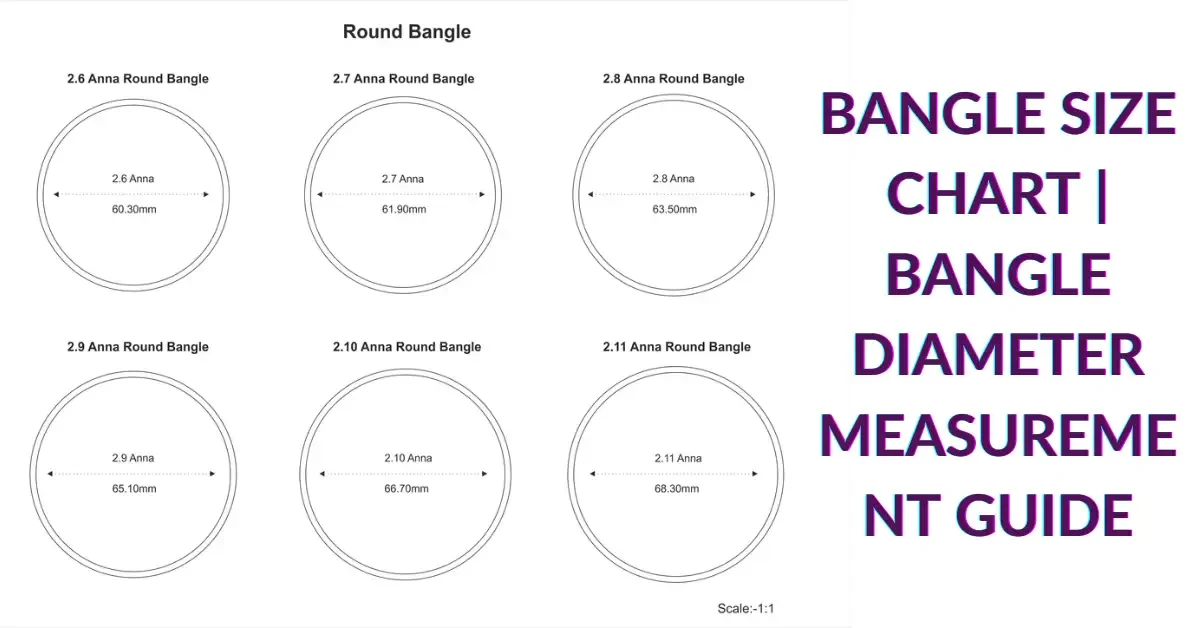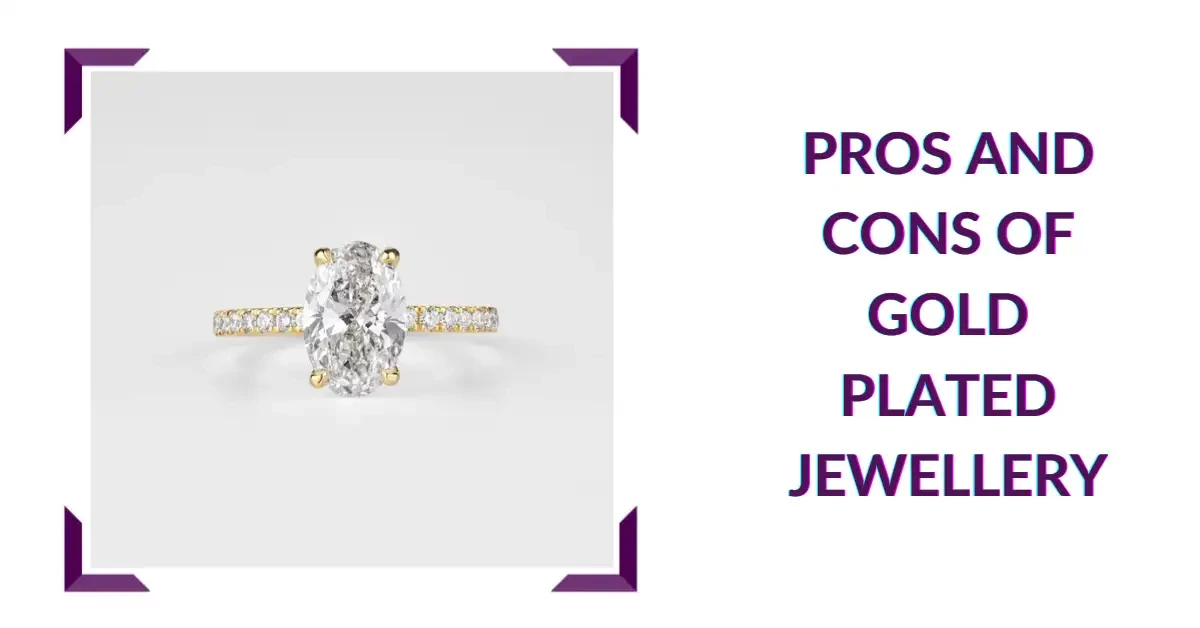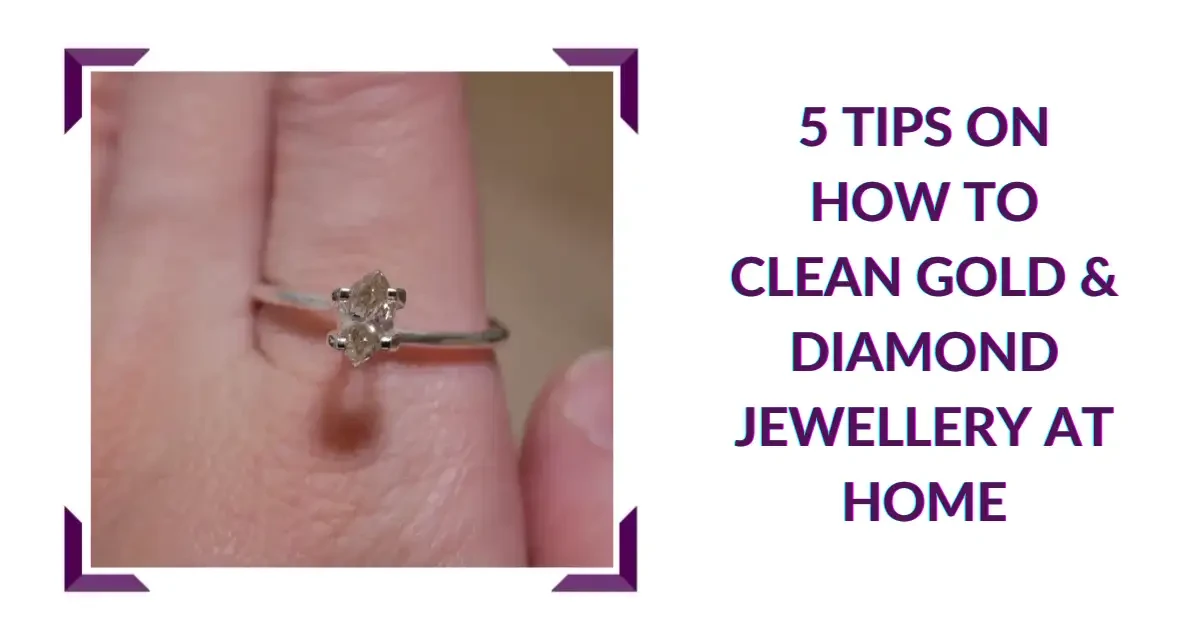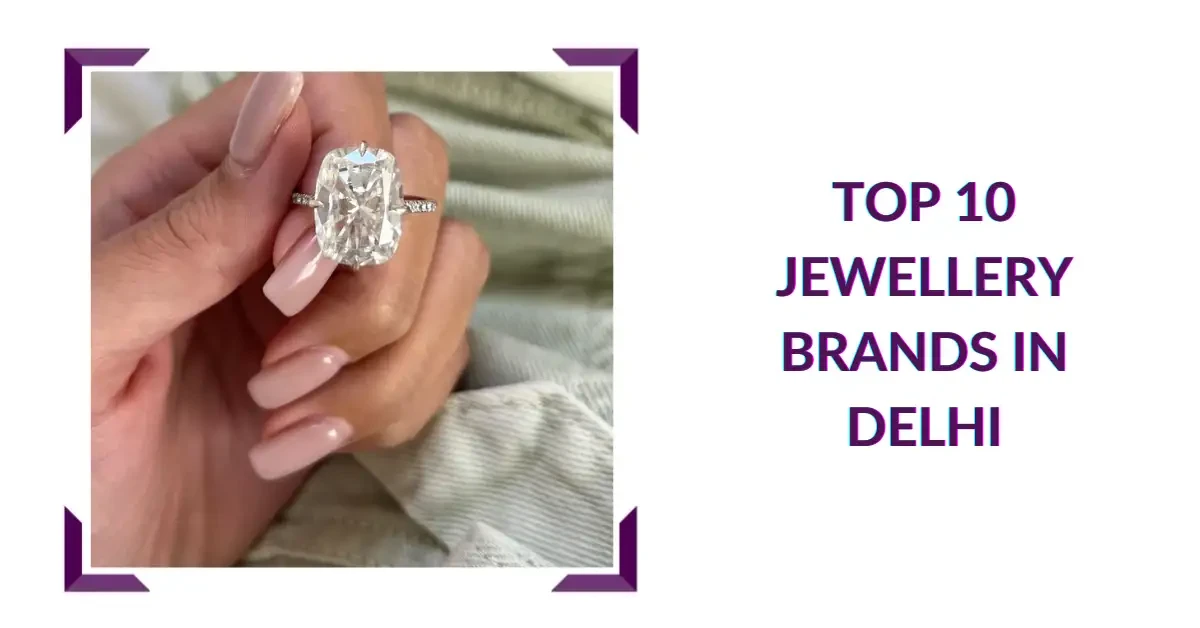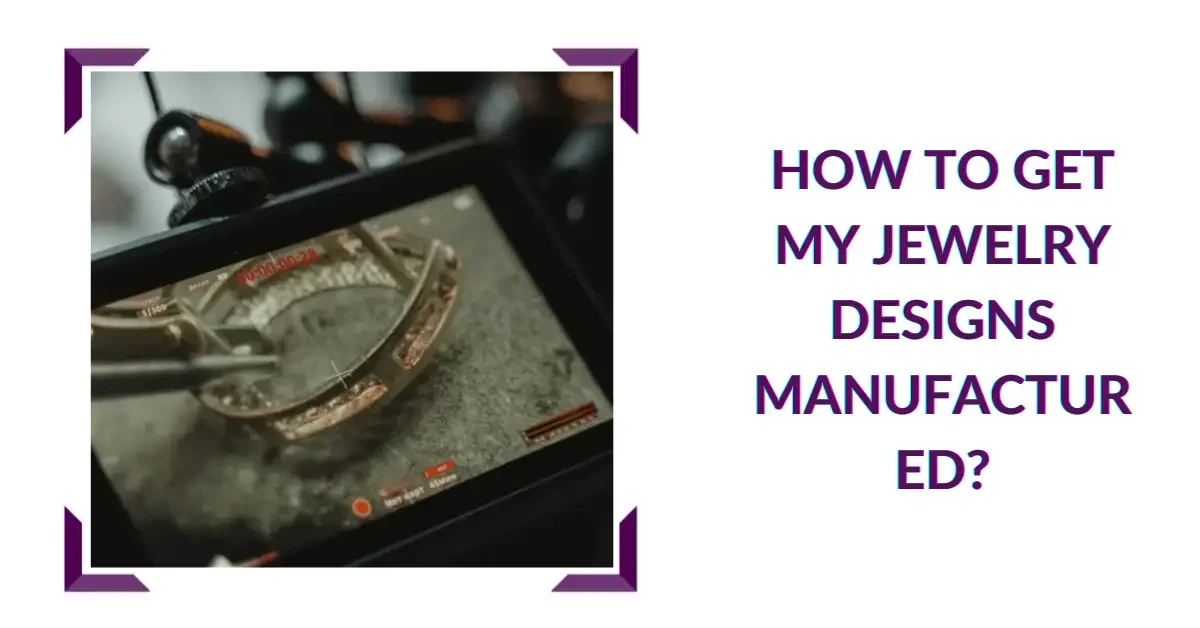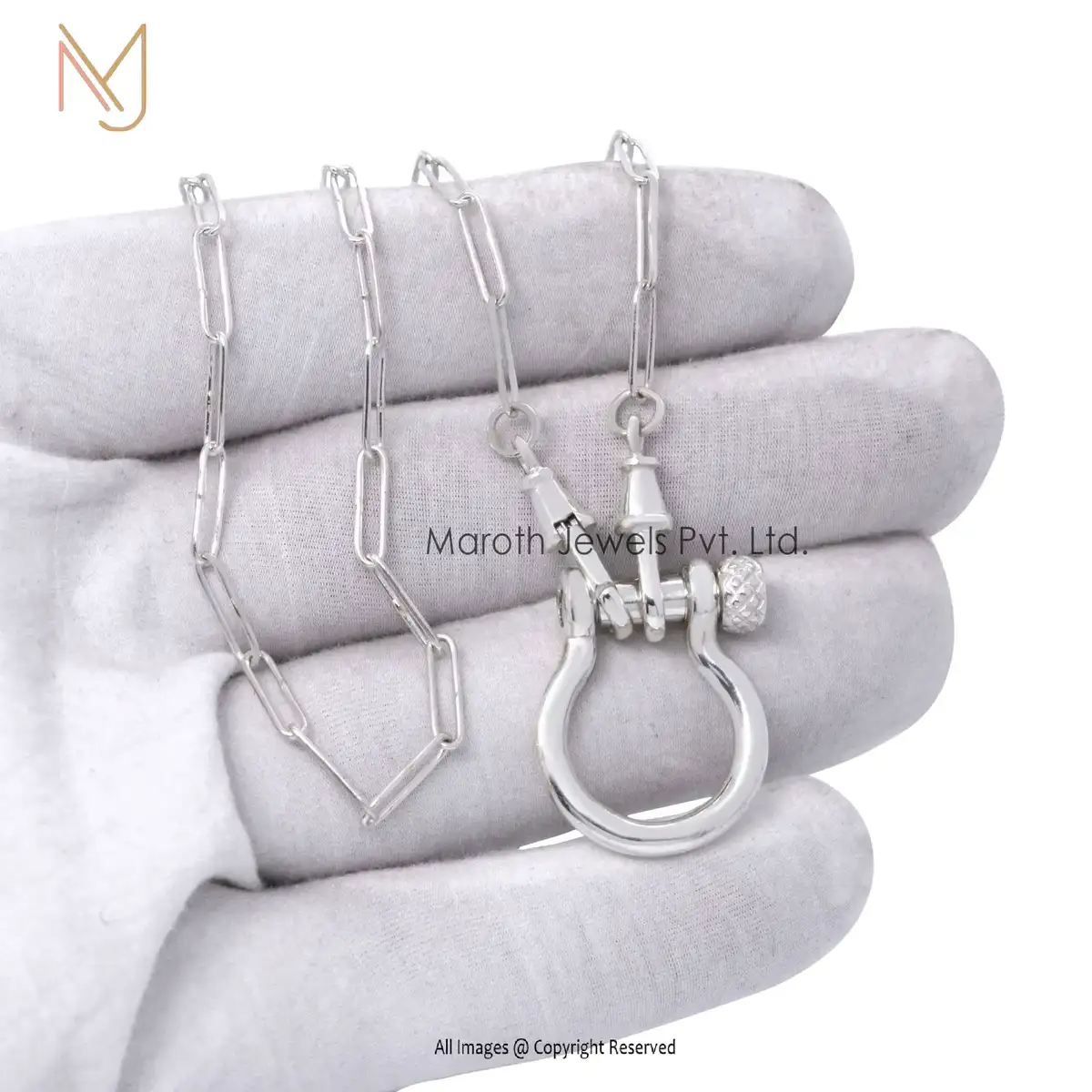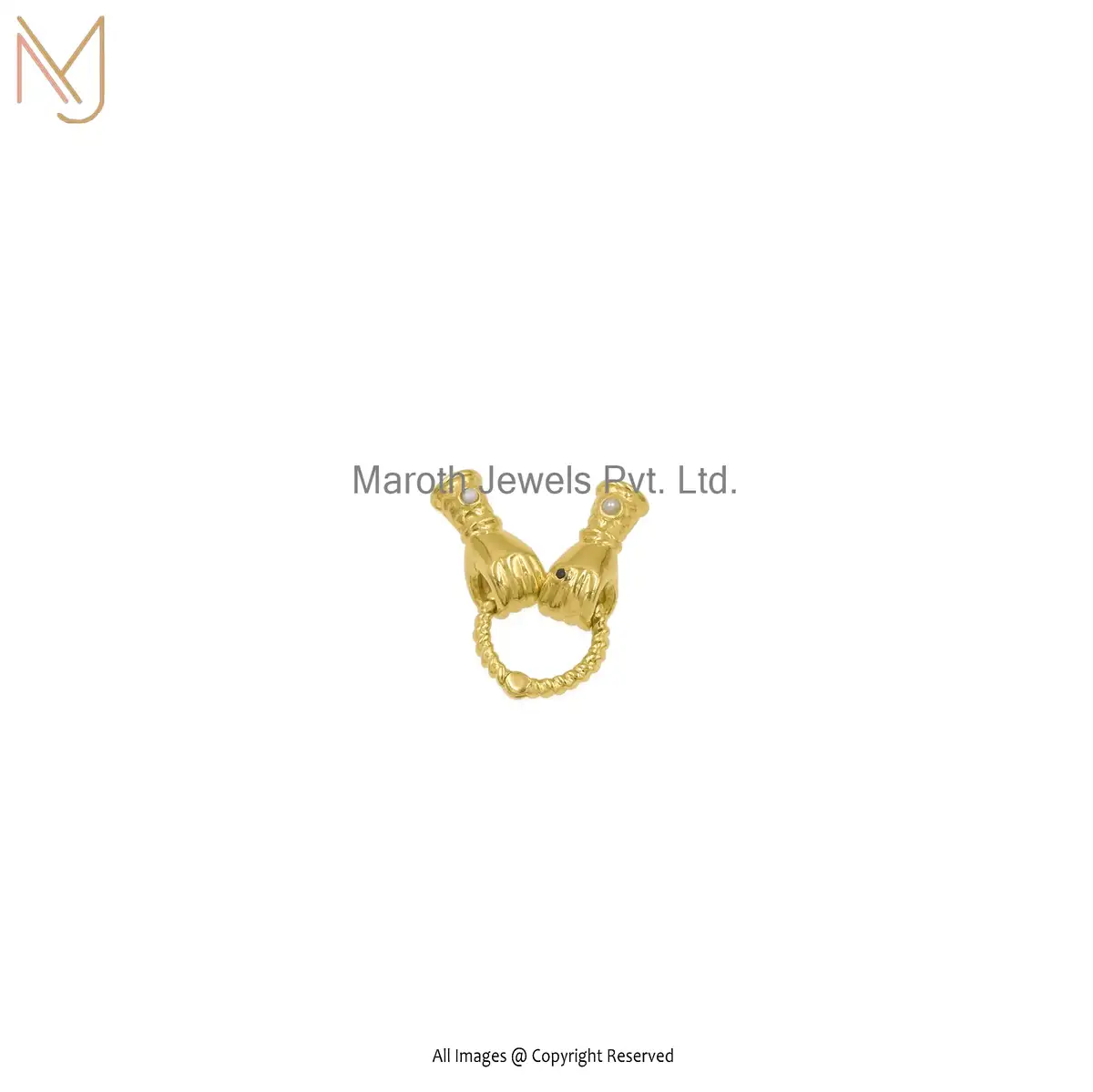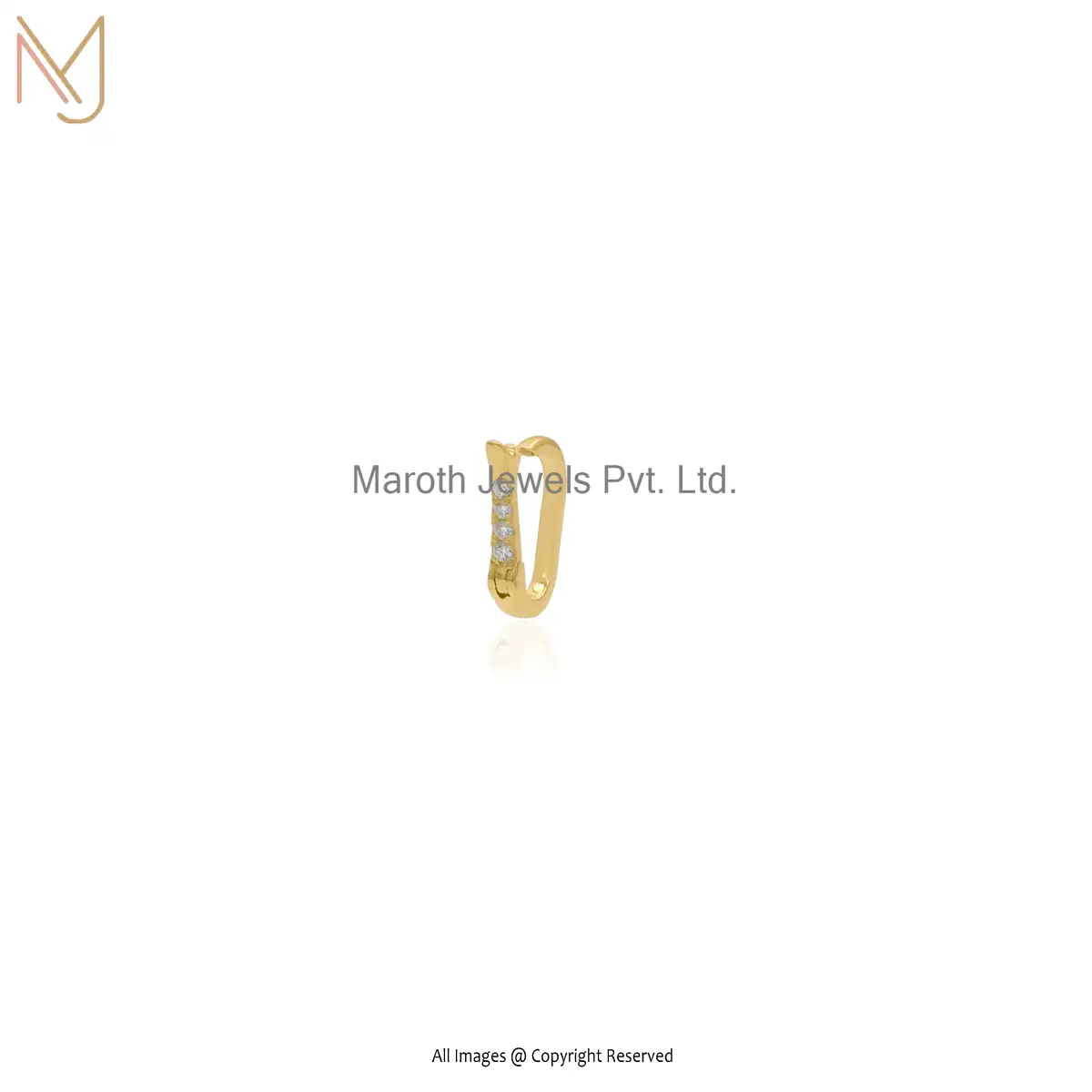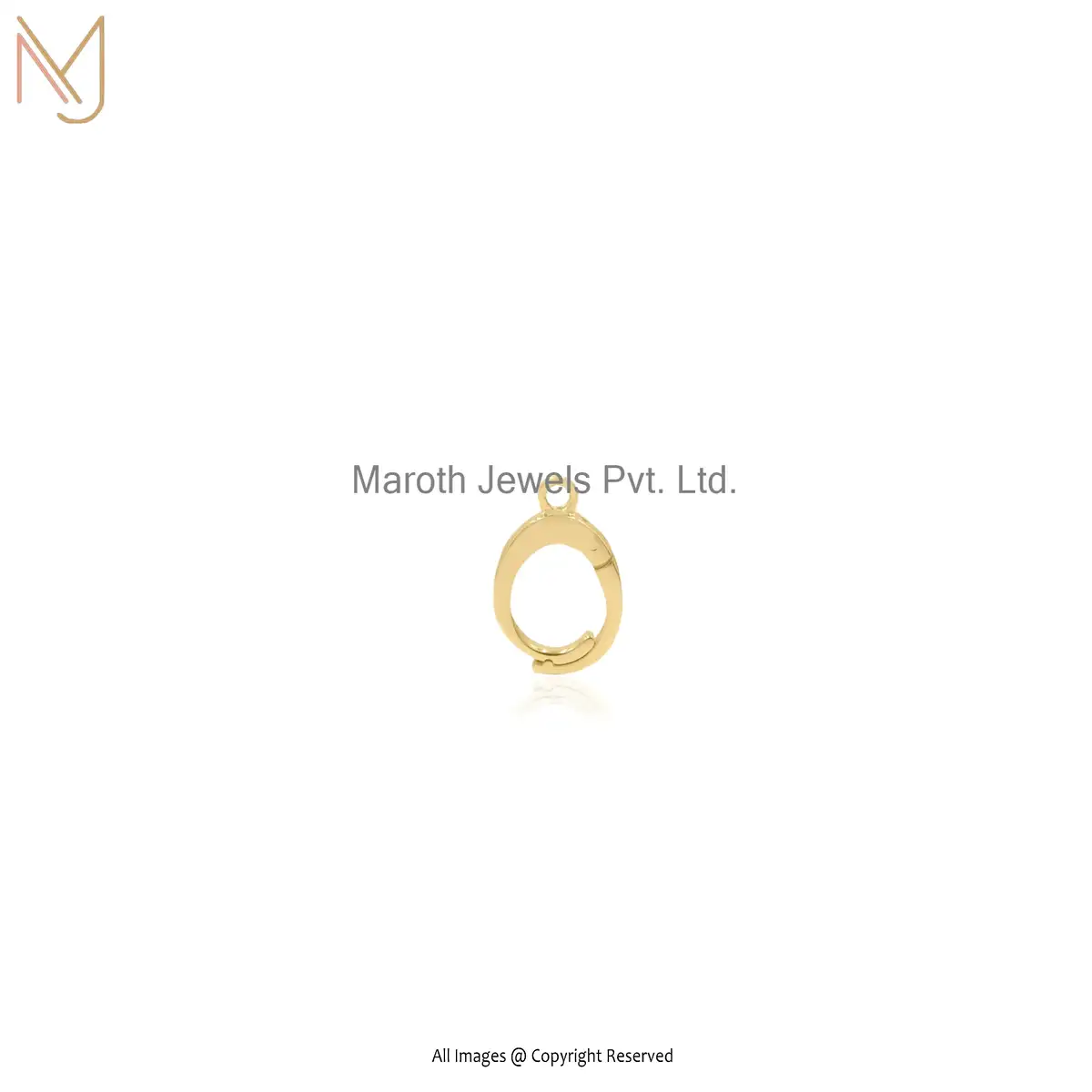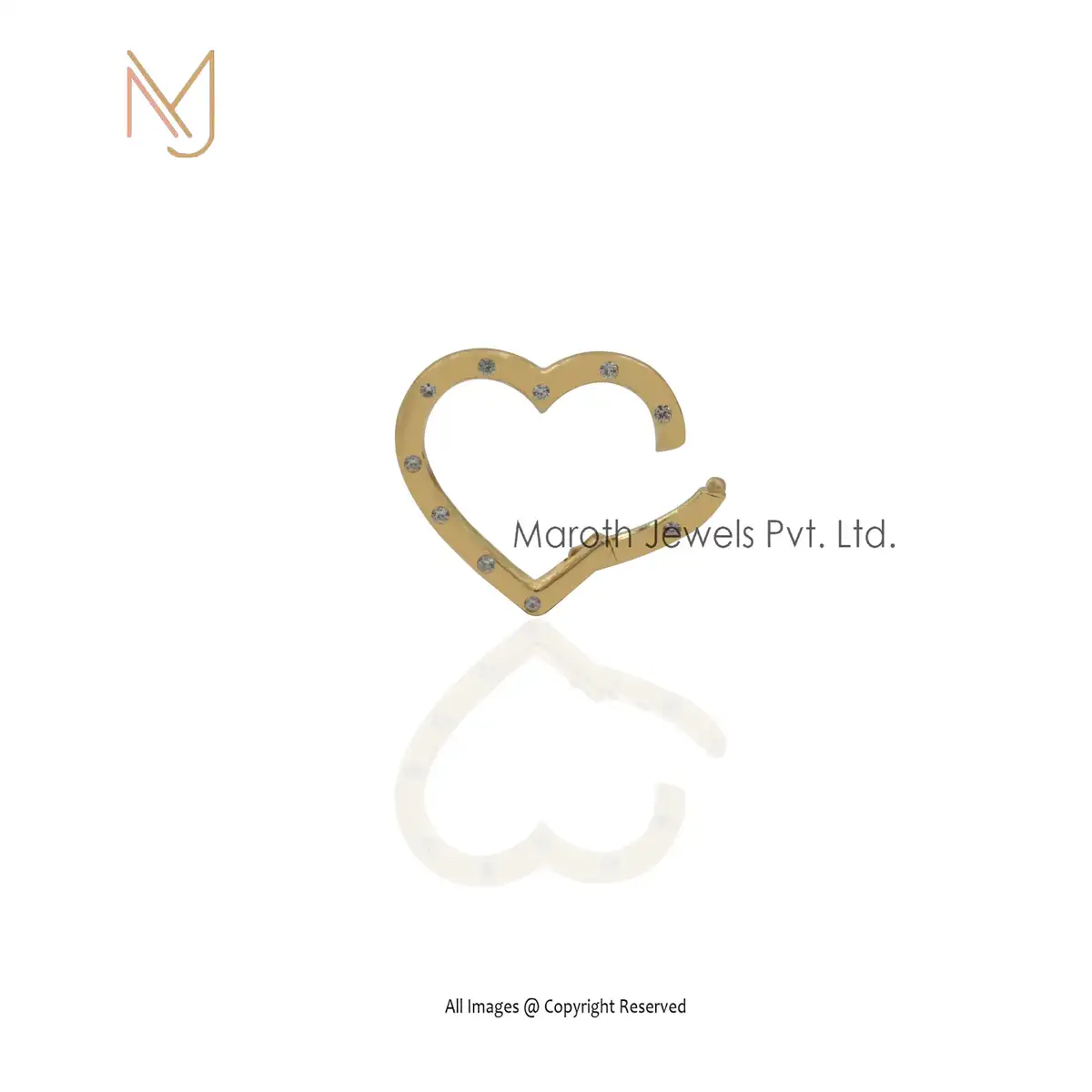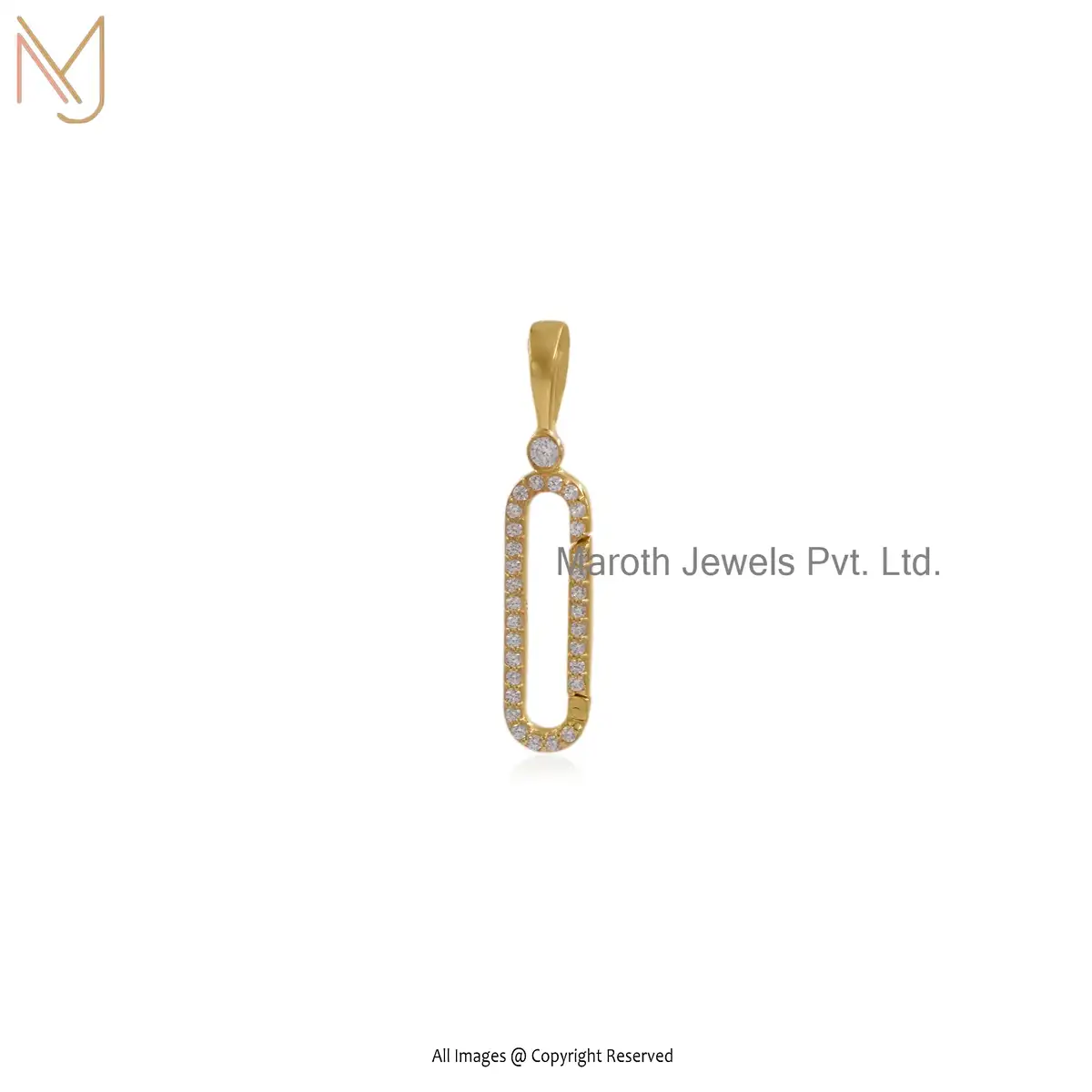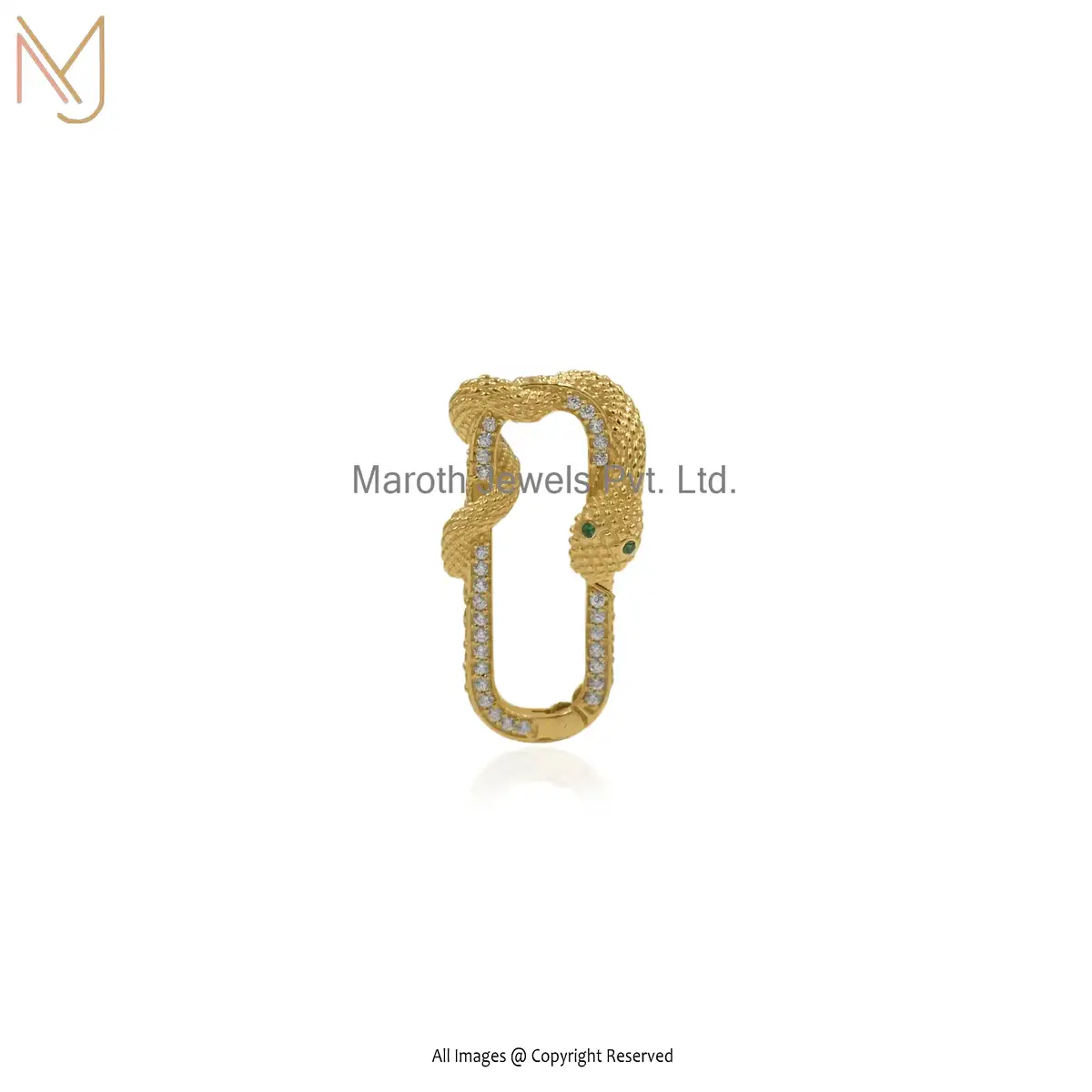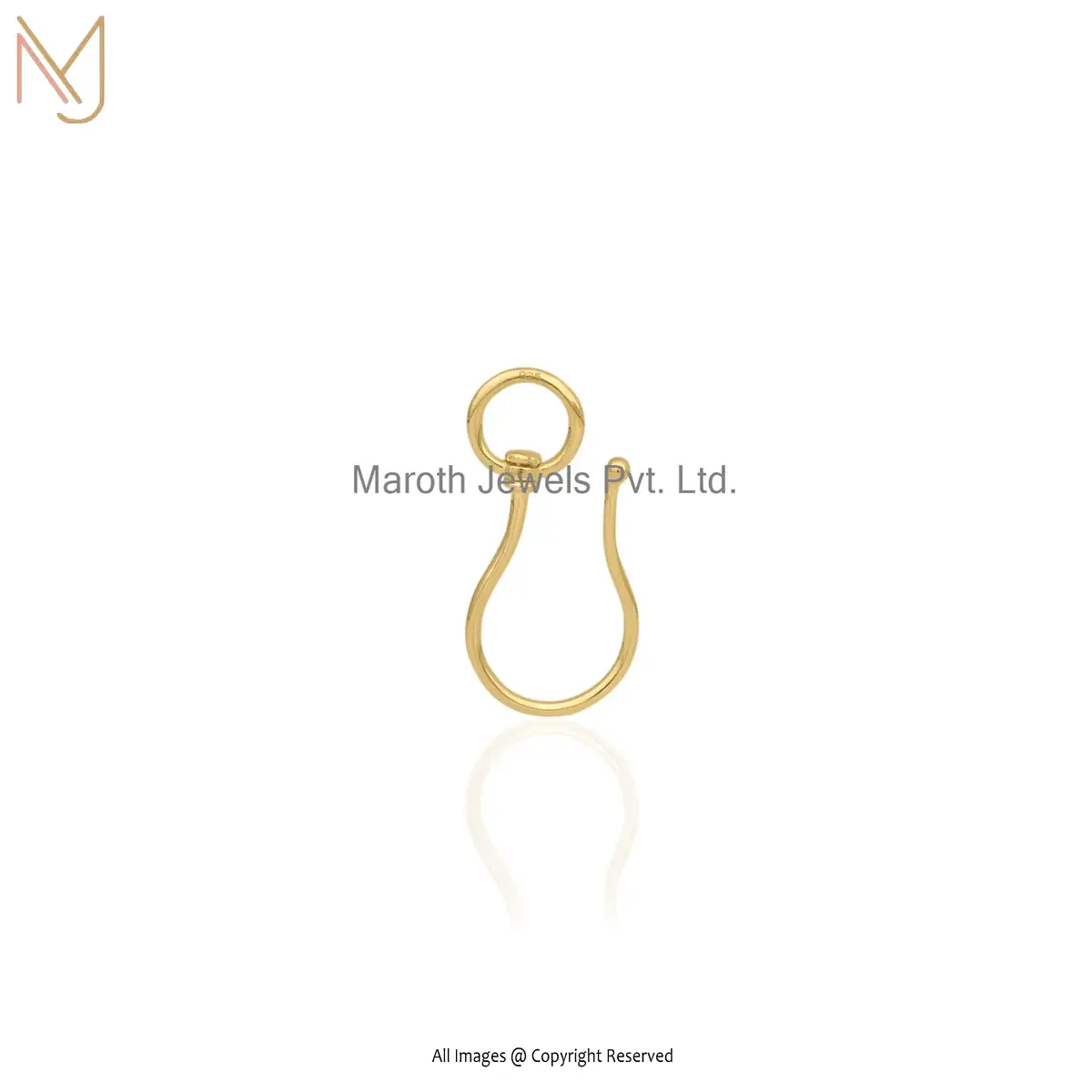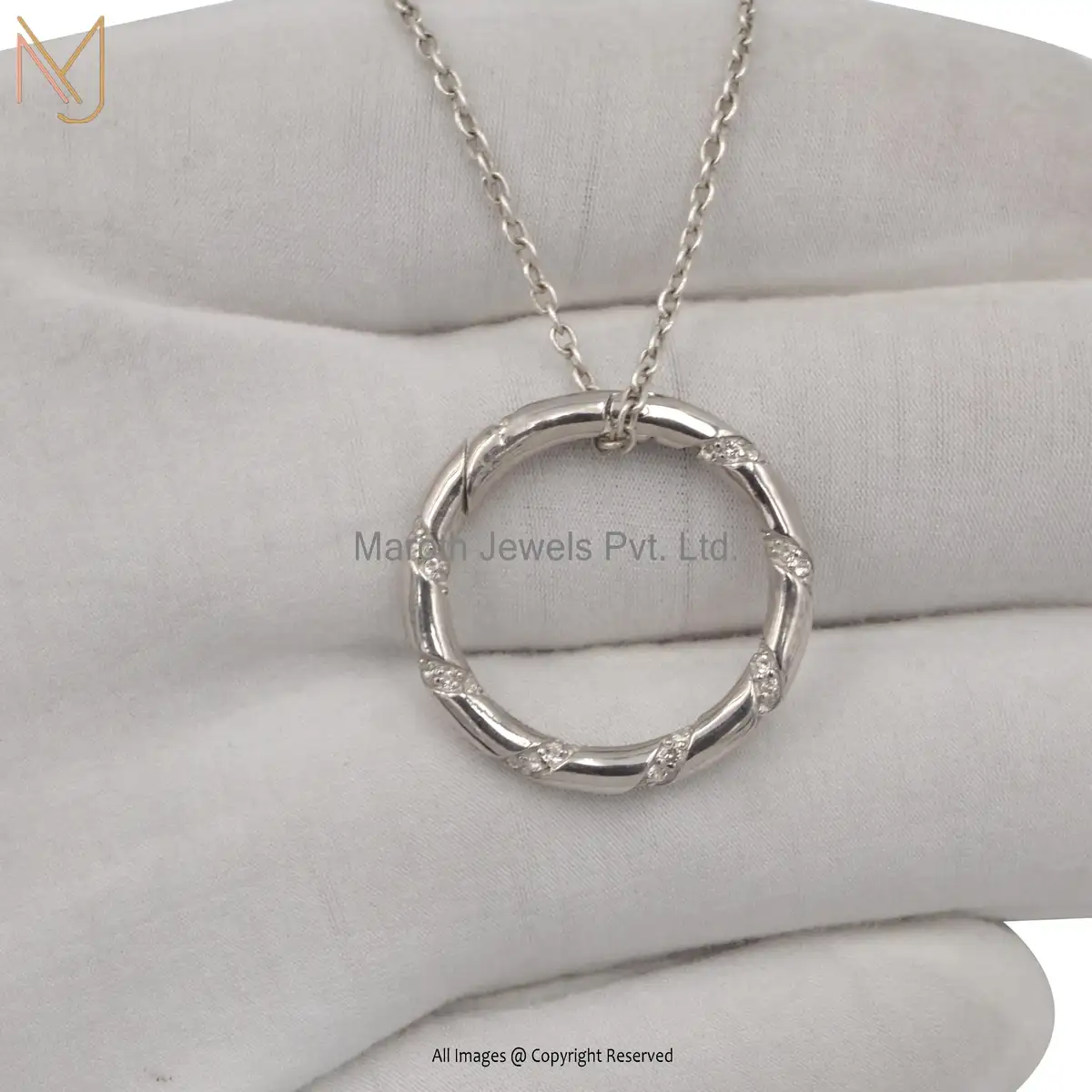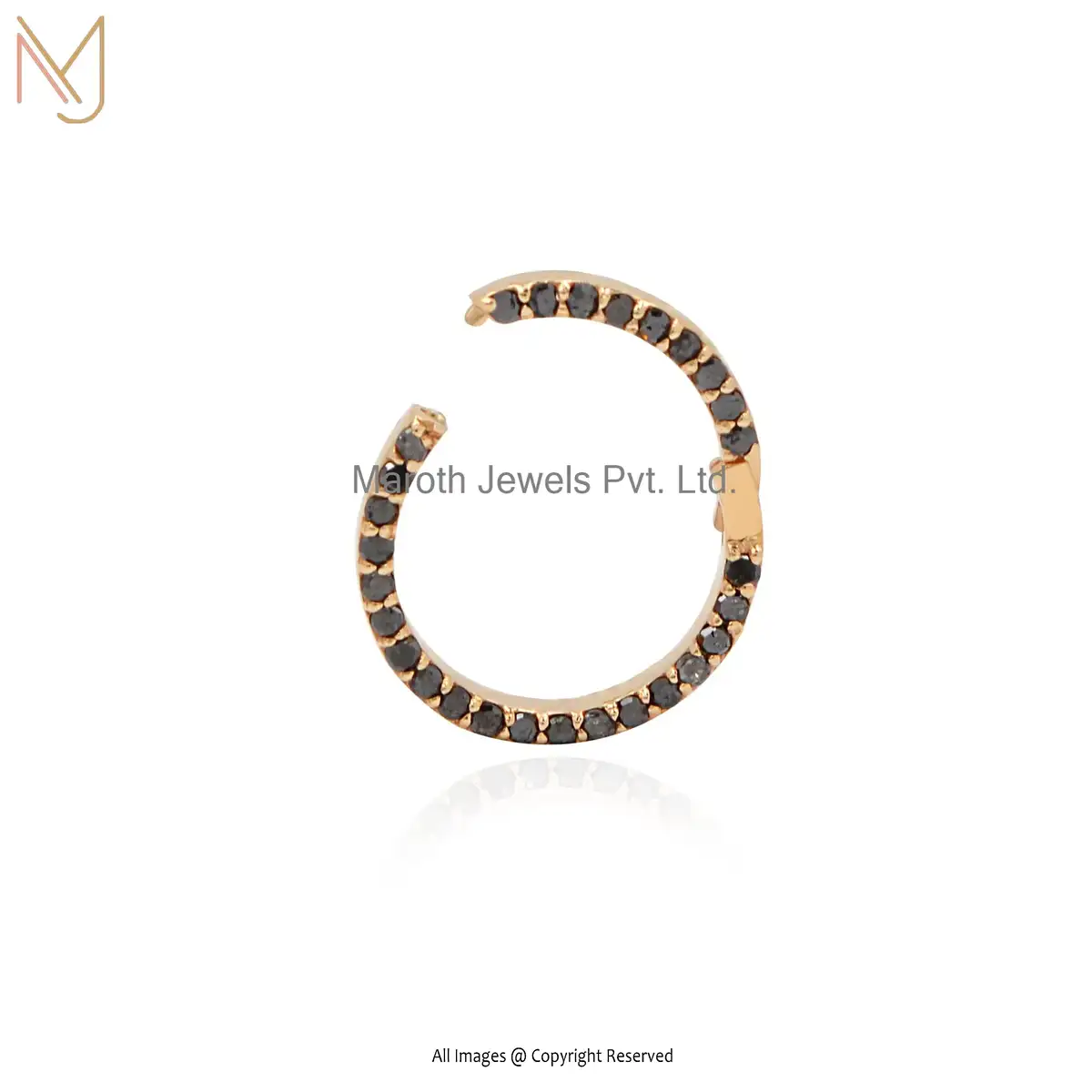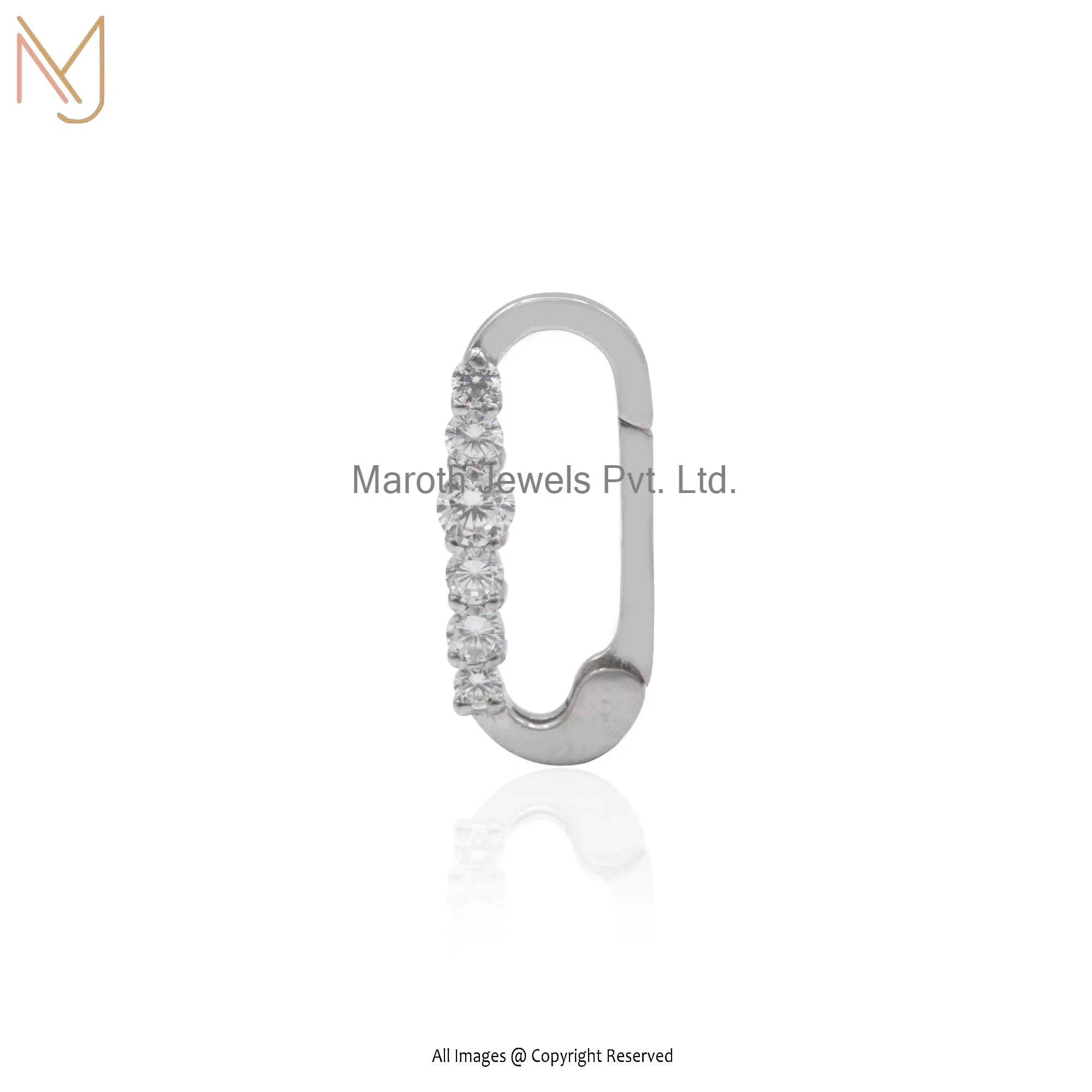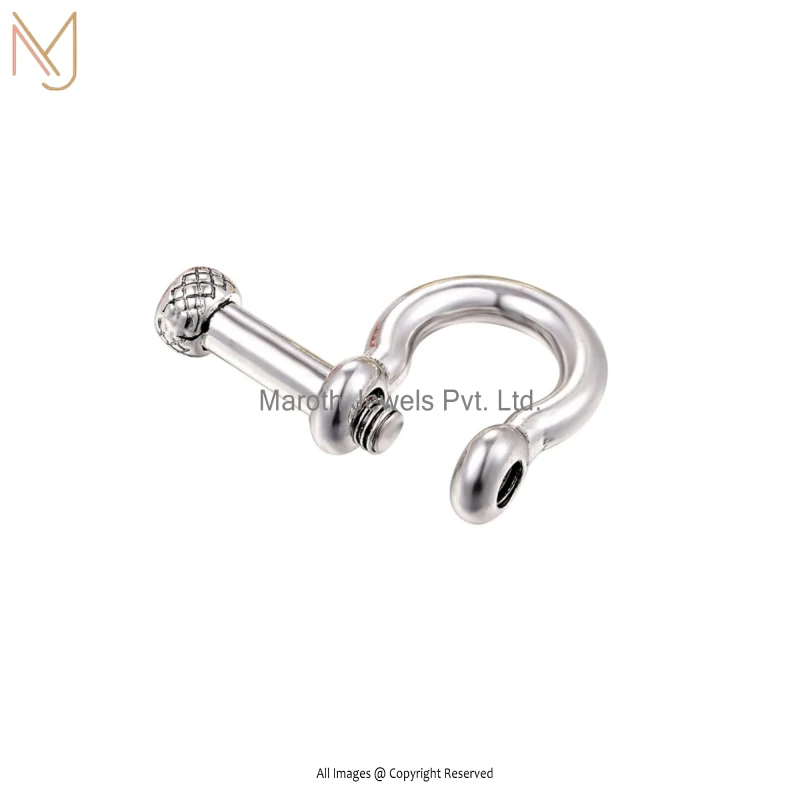What Does a 925 Ring Mean?

What Does a 925 Ring Mean?
The stamps on jewelry which identify the metal purity are referred to as purity marks or quality marks because they usually state metal purity levels. Authenticating valuable jewelry depends heavily on hallmarks since they serve as official identification markers.
The marks appear on noble precious metal pieces of platinum palladium silver and especially gold. The markings on jewelry identify both the creator and authenticator of each piece together with its production location.
What Are Purity Marks on Jewelry?
A purity mark stands as the typical stamp you will find on jewelry. Standards of fineness and quality marks and purity marks indicate what proportion of metal within a piece actually consists of pure material. The examination starts with an assessment of gold purity stamps.
Gold Purity
The purity of gold is determined by measuring the karats even though the weight standard for gemstones is different. The purity of gold expressed through Karats represents the exact ratio between pure gold contents and other non-gold materials in the metal. A metal’s purity level in the market gets its name from the "karatage."
VISIT FOR :: is there a big difference between 10k and 14k gold
Basic gold with 100 percent purity attains its 24K (24 karats) definition which corresponds to a 100 percent ratio when compared to percentage standards. An 18K rating becomes 75 percent pure gold as the 18:6 ratio demonstrates. 10K rating leads to 41.67 percent purity since it comprises 10:14 proportions. Gold purity stamps include either the karatage or percentage indication or both types of markings adjacent to each other.
Silver Purity
Silver purity measurement follows the same approach as gold with “fineness” numbered identically to the gold karats' ratios. The silver purity hallmarks display only the percentage of pure silver with no decimal points.
Gold jewelry bears stamping percentage marks which show numbers without decimal notation. The stamp indicates 75 percent even though the number represents 750 parts contained within 1,000. One of the most well-known silver purity marks is 925, but what does a 925 stamp on jewelry mean?
925 Stamp on Jewelry
Sterling silver stands identically with 925 silver since they share the same composition of 92.5% pure silver in combination with 7.5% other metals. Sterling silver stands as an equivalent term to 925 silver because it represents metal components with pure silver at 92.5 percent and other blending metals at 7.5 percent. The law of some nations determines which metals qualify for sterling silver status.
So, is 925-stamped silver real silver? 925 silver along with sterling silver goes by the same definition which indicates true silver content of 92.5 percent. The highest possible silver purity in jewelry amounts to 999 percent pure silver but the material remains too soft for application. You will discover 925 stamps on gold jewelry that carry the marking.
Number Hallmark Meanings on Jewelry
When looking at jewelry you will come across numerous metal stamps that include 925 but also many additional numbers. The metal with an 825 stamp on jewelry consists of 82.5 percent pure material. The 825 stamp on jewelry indicates that the metal contains 82.5 percent pure content. For gold, this translates to 19K.
What does 916 mean on jewelry? You can identify the metal purity by reading a 916 stamp because it signifies 91.6 percent purity. For gold, this translates to 22K. This list contains the average gold karat ages along with their stamped percentage values you will commonly encounter:
24K; 24k; 24 Karat; 99.9%; 999
18K; 18k; 18 Karat; 75%; 750
14K; 14k; 14 Karat; 58.5%; 585
12K; 12k; 12 Karat; 50%; 500
10K; 10k; 10 Karat; 41.7%; 417
Gold pieces can exist between pure gold standards exhibiting values such as 22K or 16K. The division of karats by 24 will provide you with the purity rate — 22K gold yields 0.916 or 91.6 percent purity which might be noted as 916 in hallmarks.
Primary gold used for jewelry is typically too soft in its 24K purity. Gold jewelry mostly contains 22K gold which represents the most refined version of gold available.
The stamp “1/20” with karatage and possibly “GF” indicates gold filling in jewelry where gold represents 5 percent (1/20) of the total weight. A 14K gold-filled ring would bear either “GF 14/20” or “1/20 14K GF” stamped on its inside. Most metal purity stamps in jewelry feature numbers but two exceptions exist.
Ring Sizes and Gemstone Weights
The dimensions of rings can be identified through stamped numbers such as 6, 7, 8, 9 and 10. The weight of gemstones set in precious rings sometimes appears with a designated affidavit as carats.
Gemstone weights receive stamping either as independent numbers (‘0.75 " or" “.75” for 0.75 carats) or as numbers with ‘ct’ after them. Multiple diamond rings with pave settings usually bear a hallmark which shows the combined weight of all diamonds using the term “tdw” after the number.
What Do the Letters Stamped on Jewelry Mean?
Most hallmarks feature numerical information but letter markings can be seen as well. Multiple meanings exist which can be identified through such markings on jewelry.
VISIT FOR :: jewelry manufacturers texas
Type of Metal
Identifying the value of your jewelry requires knowing what kind of metal it contains which hallmarks through letters help with this task. The letter marks found on jewelry indicate the type of metal that was used through these correspondences:
Plumb Gold (P is usually 14K gold while KP may denote any karatage starting at 18KP higher.
PLAT or PT— Platinum
S.S. or Steel or St. Steel — Stainless Steel
Silver or S. Silver or STG or STER — Sterling Silver
Pd or Pall — Palladium
The tungsten or titanium are just written out in full. ‘German Silver’ or ‘Nickel Silver’ sounds beautiful but don’t contain silver as its name suggests, containing instead copper, nickel, and/or zinc. Specifically, there are letter hallmarks for gold jewelry.
Letter Markings on Gold Jewelry
You are familiar with the gold purity hallmarks but there are also some letter hallmarks on some gold jewelry. First of all, karats can be written as K, Kt, Karats or WGD.
Other gold jewelry letter markings include:
GF or G.F. — Gold-Filled
HGE or GE — Gold Electroplated (also called Gold-Plated)
V20 — Rolled Gold
Gold Vermeil (also called Heavy Gold Electroplated) — V or HGE
However, these markings usually happen after karatage. Let’s take an example of “14K GP” in where ‘14K’ means 14k gold chosen in the plating process.
Meaning of Symbols Stamped on Jewelry
You can customize jewelry with the etched symbols but some of the symbols can provide you information about your jewelry’s originating where and the specification.
Shapes Surrounding Purity Marks
Depending on the metal the numerical purity marks may be surrounded by an associated shape. Common metal purity symbols are:
Silver — Horizontal oval
Palladium — Connected, vertical ovals around each number
Gold — Octagon elongated horizontally
Platinum — Pentagon pointing upwards
Maker’s Mark Symbols
If anything, maker’s marks are made up of letters and shapes.
If it had an arrow stamp inside a ring and the arrow pierces the letter “U” from left to right, it may have been made by Uncas Manufacturing Co. in Rhode Island, USA. There are hundreds of designers, jewelers and goldsmiths, the odds are that almost every maker’s mark is never going to be heard of.
Date Stamps on Jewelry
However, in 1478, the UK began requiring precious Jewelry to be bound with the year of its beginning (which, technically speaking, France started doing in 1427). Since 1999 the change was to date hallmarks still being a requirement but being only voluntary, and many jewelers and assay offices continue to use date hallmarks.
However the dates are written as letters corresponding to a year and beginning again every 25 years. As I, J, and L look similar, the only letters not used are these three letters. For example, the cycle currently started in 2000 misses letter I, moving from H for 2007 to J for 2008. As different countries had different timelines, the number of the year corresponding to the letter may change. The symbols of nations and the assay offices come in handy there.
READ MORE :: How To Calculate 14K Gold Price Per Gram?
Recent Posts
Top 10 925 Sterling Silver Chain Manufacturer in USA
Top 10 Gold Chain Manufacturer in USA
Pros And Cons Of Gold Plated Jewellery
Top 10 Jewellery Brands In Delhi
Top 10 Sustainable Jewelry Manufacturers in India
10 Best Jewelry Stores in San Antonio, Texas
How to Get my Jewelry Designs Manufactured?
Related products
Private Label 14K White Gold Horse Shoe Buckle Snaffle Bit Connector Finding Jewelry
14K Yellow Gold Pearl and Black Onyx Charm Holder Jewelry Supplier
925 Silver Yellow Gold Pearl and Black Onyx Charm Holder Jewelry Supplier
Wholesale 14k Yellow Gold Pave Diamond Heart Enhancer Link Lock Charm Holder
Private Label 925 Silver Yellow Gold Plated CZ Charm Holder
Private Label 14K Gold Emerald Baguette Carabiner Lock
14k Yellow Gold Charm Holder Manufacturer
925 Natural Silver Charm Holder Manufacturer
Private Label 925 Silver Shepherds Hook Pendant
Private Label 14K White Gold & White Topaz Round Enhancer
14K Yellow Gold Charm Lock Charm Lock With Black Diamond custom jewelry
Wholesale 925 Silver Yellow Gold Plated CZ Oval Charm Lock
Wholesale 14k Yellow Gold CZ Oval Charm Lock Pendant
Wholesale 925 Silver Horse Shoes Snaffle Bit Buckle Connector Jewelry
Contact Us For Custom Jewelry
Please get in touch with us and share your ideas if you have personalized jewelry or are searching for a private label jewelry manufacturer. In accordance with your suggestions, we will make and present genuine jewelry.
Drop Us a Line
Scan QR Code
for immediate contact













